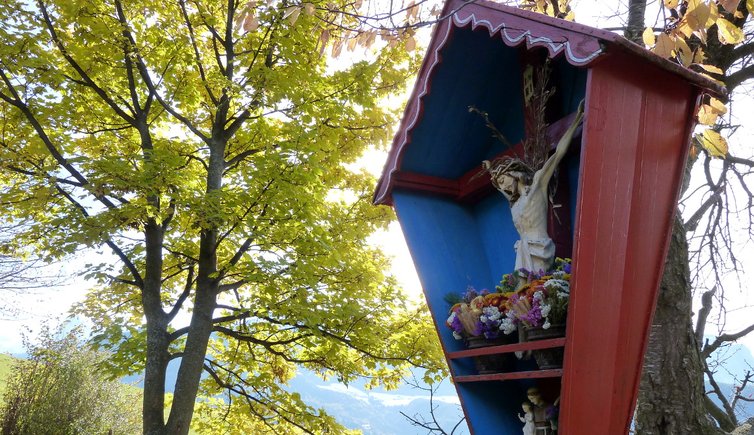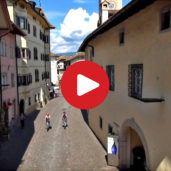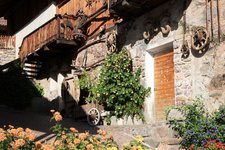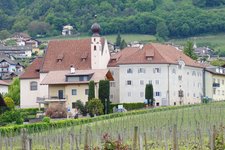The “ecstatic lady” from Caldaro led a life as a stigmatised mystic in the Monastery of the Tertiary Nuns
Image gallery: Maria von Mörl
Maria Theresia von Mörl zu Pfalzen und Sichelburg, descendant of one of the most ancient South Tyrolean dynasties, was born on the 16th of October 1812 in Caldaro (Kaltern) as the second of 10 children. She grew up under poor conditions and began to suffer from fever and inflammations at the tender age of six, being treated unsuccessfully by various doctors. In addition to the physical suffering, Maria von Mörl also felt persecuted by dark figures. At the age of 20, extraordinary conditions arose that earned her the nickname “the ecstatic”: the young girl was so deeply immersed in the suffering of the Redeemer that she lost all receptivity to the sensory world.
In July 1833 Father Capistran obtained the permission to perform an exorcism on her. At the age of 24, Maria got stigmata on her hands and feet: every Friday she seemed to witness the Passion of Christ. Between 1841 and 1868 Maria von Mörl lived in the Monastery of the Tertiary Nuns in Caldaro, where she received the notables of Europe. At that time the “ecstatic lady” was known throughout the entire continent and thousands of pilgrims came to meet the stigmatised virgin in person. Among her famous visitors were Clemens Wenzeslaus Brentano de La Roche, a German writer, as well as Adolph Kolping and the church historian Johann Joseph Ignaz Döllinger.
Maria von Mörl died on the 11th of January 1868 after long suffering. In terms of intellectual history, she belongs to the series of extraordinary phenomena in which people in the 19th century were not only interested in the Catholic world. The piece of land, however, on which the Cemetery of Caldaro is located today, was donated to her home parish by Maria von Mörl for this purpose. The Diocese of Bolzano-Bressanone wants Maria von Mörl to be beatified.






























---Kopie.jpg)
